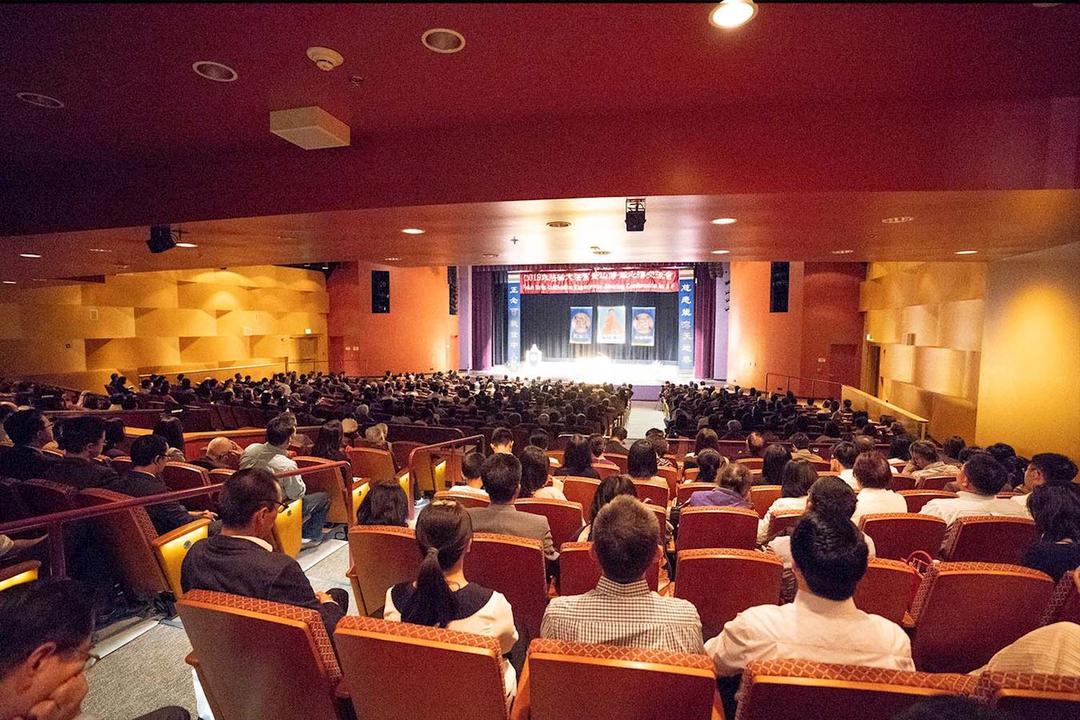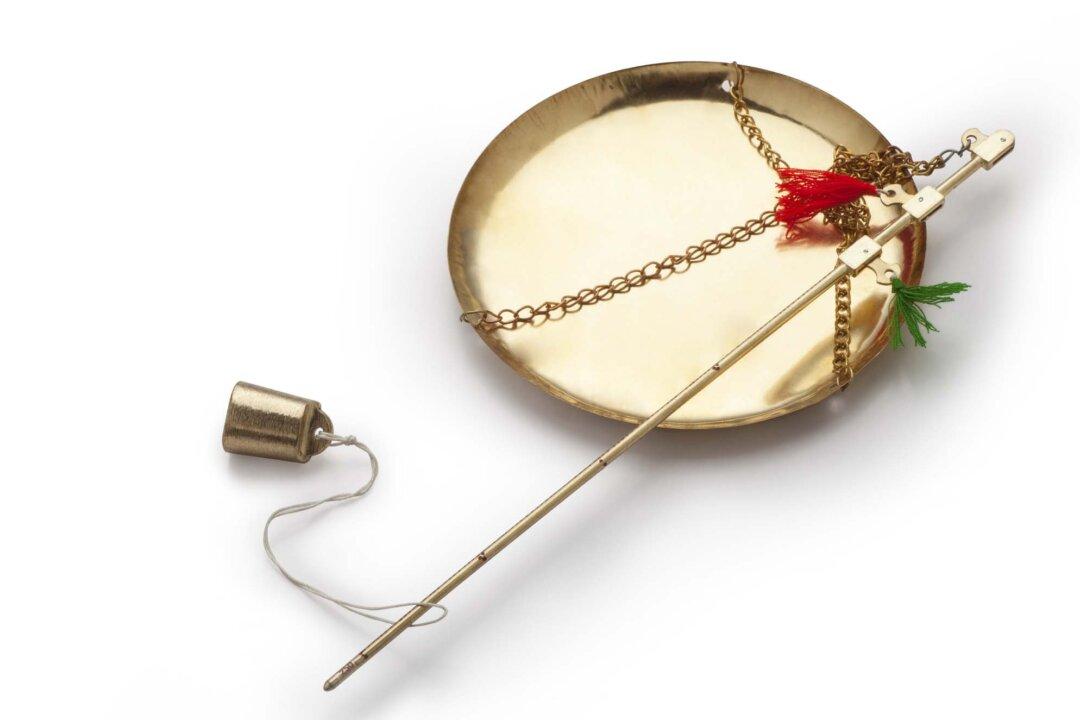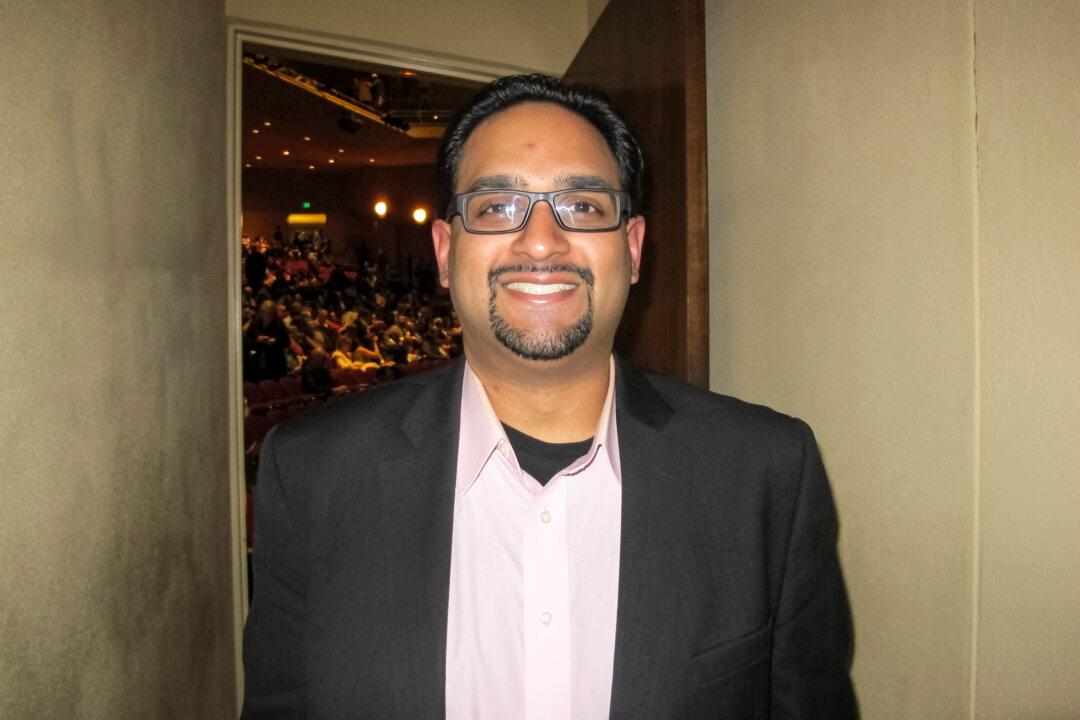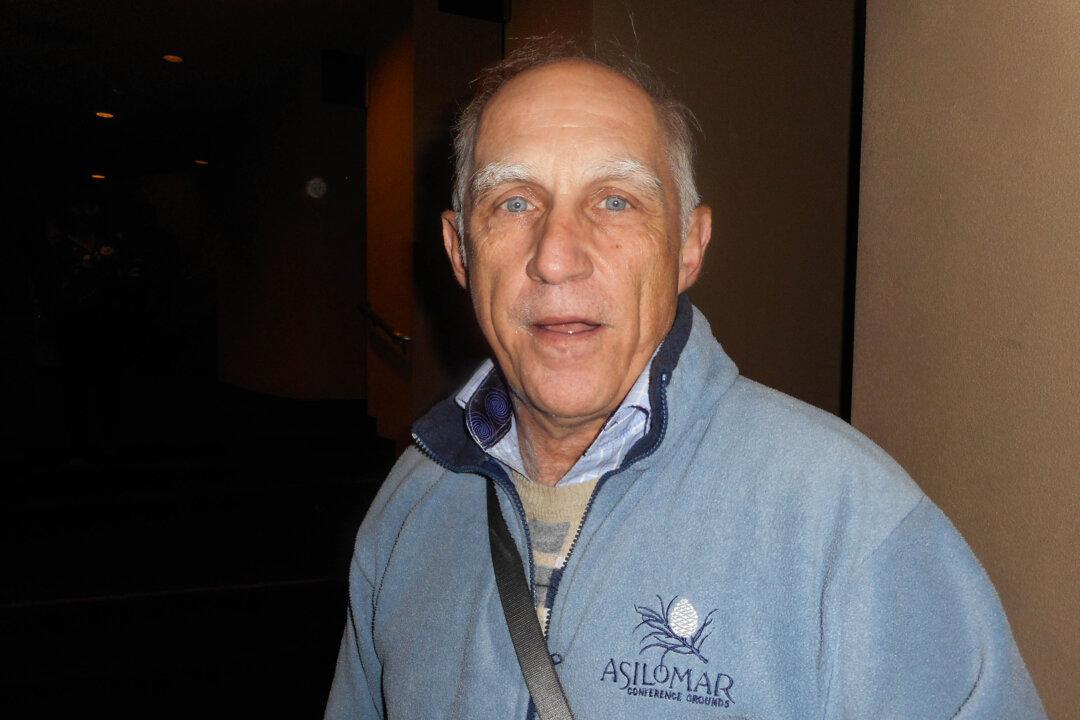[etssp 185]The lunar eclipse of Dec. 21, 2010, as seen from Ft. Myers, Florida.
The Earth’s shadow will darken part of the moon next Monday in a partial lunar eclipse, visible from the Pacific Ocean and surrounding areas.
The places that will get the best show, besides the middle of the ocean, include western North America, Australia, New Zealand, and Japan. In most parts of the United States, the eclipse will happen in the predawn hours, and the moon will set before the event ends.
According to NASA’s predictions, the eclipse will begin at 8:48 a.m. GMT (4:48 a.m. EDT, 1:48 PDT) on June 4 and will end several hours later at 1:18 p.m. GMT (9:18 a.m. EDT, 6:18 a.m. PDT).
At first, it won’t be that noticeable—just a vague gray shadow that gradually appears on the full moon’s surface. This is the Earth’s penumbra, or the fuzzy edge of its shadow. But at 10 a.m. GMT (6 a.m. EDT, 3 a.m. PDT), the Earth’s umbra, or full shadow, will touch the edge of the moon.
The shadow will appear to take a black bite out of the moon over the next two hours, but it won’t be that big. Even at the height of the eclipse, less than half the moon’s surface will be shaded.
This event is the counterpart of the solar eclipse that crossed the Pacific in May. Every eclipse occurs two weeks from another eclipse; that is, a lunar eclipse must occur two weeks before or after a solar eclipse. A lunar eclipse can only happen on the full moon, when the sun and moon are on opposite sides of the Earth.
Lunar eclipses can be seen easily with the naked eye, or you can use binoculars for a closer look.
This is the first of two lunar eclipses this year. The second one will be a barely noticeable penumbral eclipse in November
The Epoch Times publishes in 35 countries and in 19 languages. Subscribe to our e-newsletter.
.



